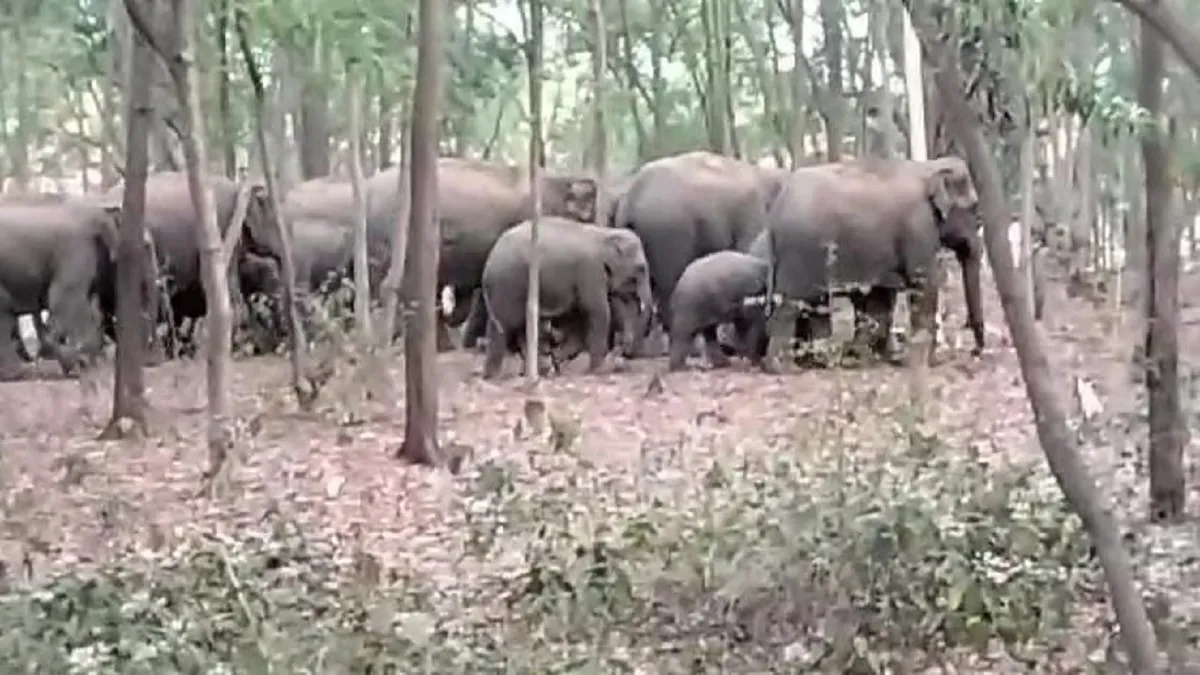- By Kamakshi Bishnoi
- Wed, 15 Oct 2025 04:54 PM (IST)
- Source:Jagran News Network
According to the first-ever DNA-based elephant census in India, the country’s wild elephant population has fallen from 27,312 in 2017 to an estimated 22,446 in 2025, marking an 18 per cent decline. The situation is particularly alarming in Jharkhand, where numbers have plummeted from 679 to just 217, a staggering 68 per cent decrease.
The findings come from the ‘All India Synchronous Elephant Estimation (SAIEE) 2025’, a joint survey conducted by the Ministry of Environment, Project Elephant, and the Wildlife Institute of India.
Key habitats in Jharkhand, including the Chota Nagpur plateau, Palamu, Singhbhum, and Dhalbhum, have historically contributed significantly to the central Indian elephant population. Despite 31.51 per cent of the state’s 25,118 sq km area being forested, elephants are increasingly confined to smaller pockets due to human encroachment, habitat loss, and infrastructure development.
Experts say this has forced elephants to traverse agricultural lands and human settlements, where their dietary and water needs are not met, leading to intensified human-elephant conflict. Between 2005 and 2014, 576 people were killed in elephant-related incidents across Jharkhand, with the Ranchi forest division recording 89 fatalities. During 2004-2017, 30 elephants died due to illness, electrocution, poisoning, poaching, and train accidents. Notably, 89.2 per cent of human deaths occurred outside forested areas, highlighting increasing elephant migration.
While the Union Ministry of Environment has cautioned that direct comparisons with older data are not fully accurate due to the new DNA-based methodology, the trend in certain states is alarming. Southern West Bengal saw an 84 per cent decline, Odisha 54 per cent, and Jharkhand 68 per cent, resulting in a 41 per cent decline in central India and the Eastern Ghats region.
Conservation experts warn that immediate action is needed to protect both elephants and humans. Recommended measures include restoring wildlife corridors, awareness campaigns to reduce human-elephant conflict, and effective management strategies. Calls for increased financial assistance under Project Elephant have intensified, with experts emphasising that urgent steps are essential to prevent further endangerment of this rare species in Jharkhand.

